Footwear is more than just a fashion statement; it is a reflection of culture, technology, and even social status throughout history. As a shoe enthusiast or a fashion lover, you might wonder, wWhen were shoes first invented? Join us as we explore the origins, evolution, and cultural significance of shoes throughout history.
The Origins of Footwear
The history of shoes dates back thousands of years. While the exact timeline of when shoes were first created is difficult to pinpoint, archaeological findings suggest that primitive footwear emerged around 7000 to 8000 BCE. Early evidence indicates that humans used animal hides, plant fibers, and other natural materials to cover and protect their feet.
First Footwear Discoveries
One significant discovery aiding our understanding of early footwear comes from Ötzi the Iceman, a well-preserved mummy found in the Alps, dated around 3300 BCE. He wore shoes made of plant fibers and leather that were designed for insulation against the cold. This indicates that footwear was already an essential part of human survival.
Understanding Material Use
Early shoes were primarily made from available materials. These included:
- Leather: Used for durability and comfort.
- Plant fibers: Provided flexibility and breathability.
- Wood: Found in some regions, used for clogs and protective soles.

Each material had a unique purpose, reflecting the environmental conditions and societal needs of the time.
The Evolution of Shoewear
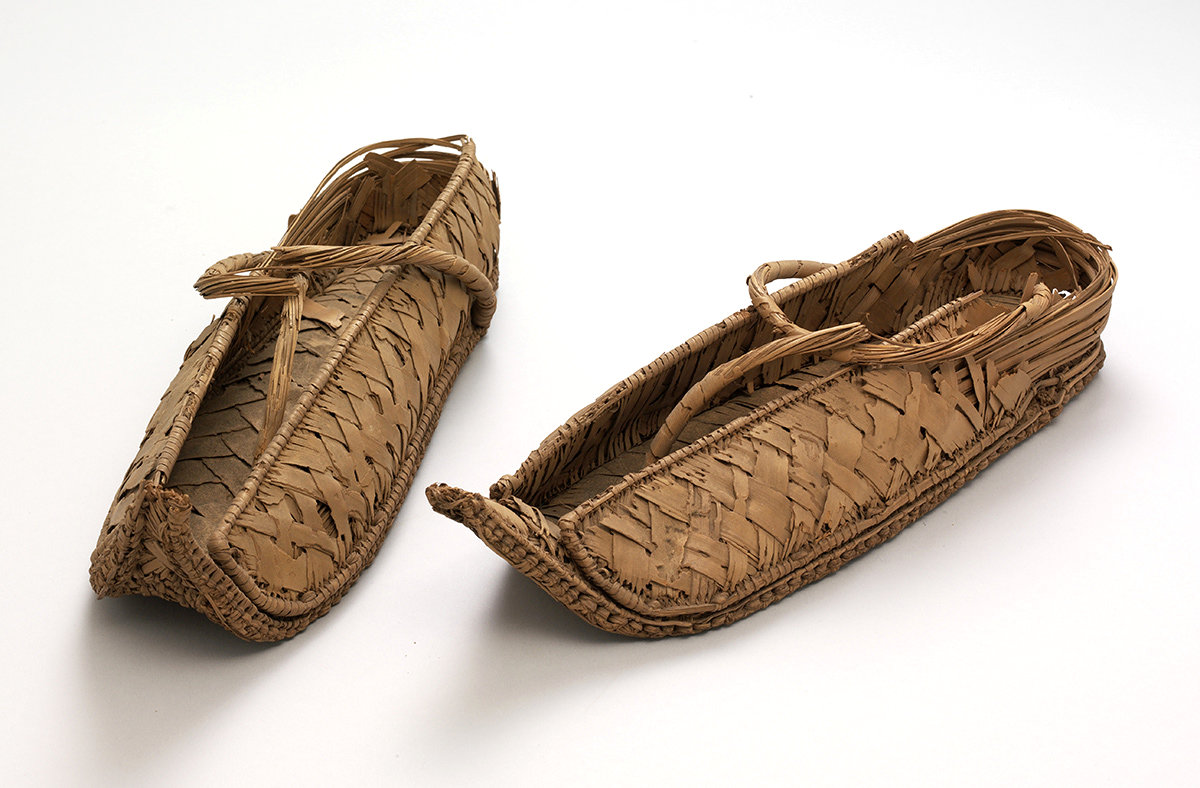
As civilizations developed, so did the design and purpose of footwear. Let’s take a closer look at different eras in shoe history.
Ancient Civilizations and Their Footwear
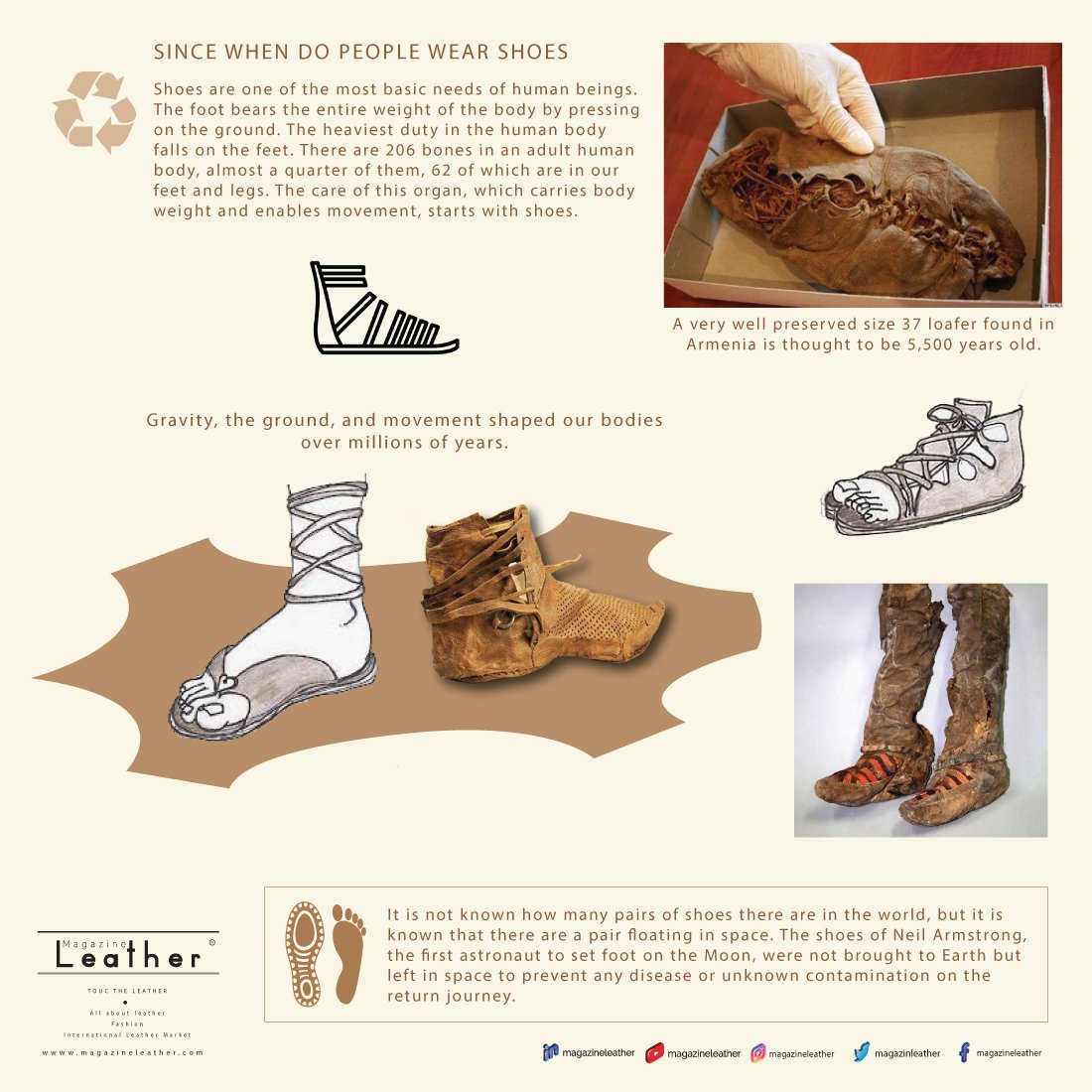
Different cultures created distinctive footwear styles that reflected their societal norms:
Egyptian Sandals
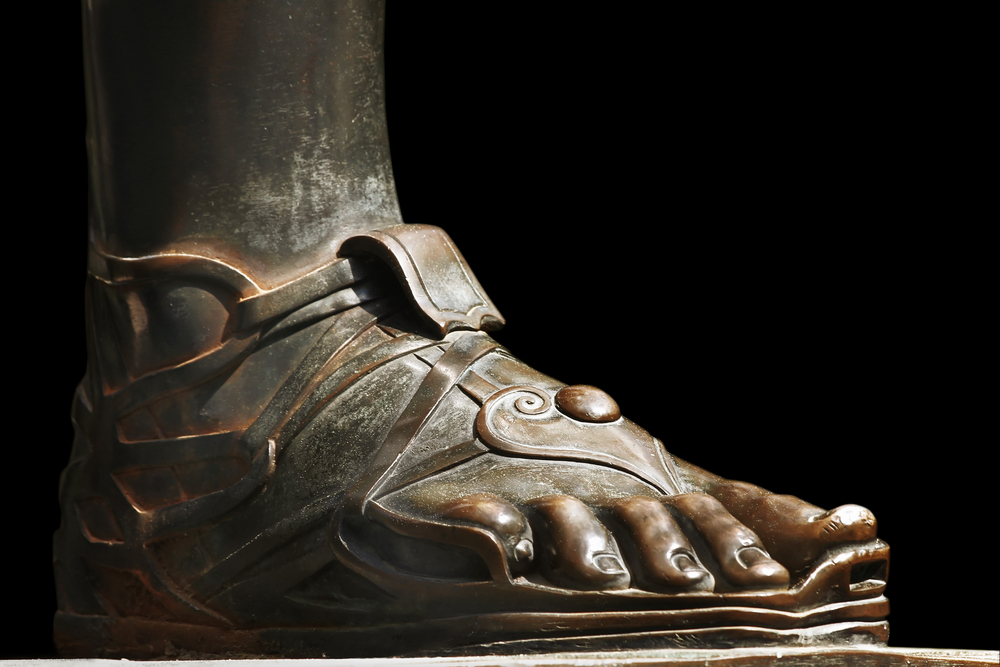
In ancient Egypt, sandals were commonly worn, made from papyrus and leather. The status of the wearer influenced the type of sandals: the higher the status, the more intricate the design.
Roman Footwear
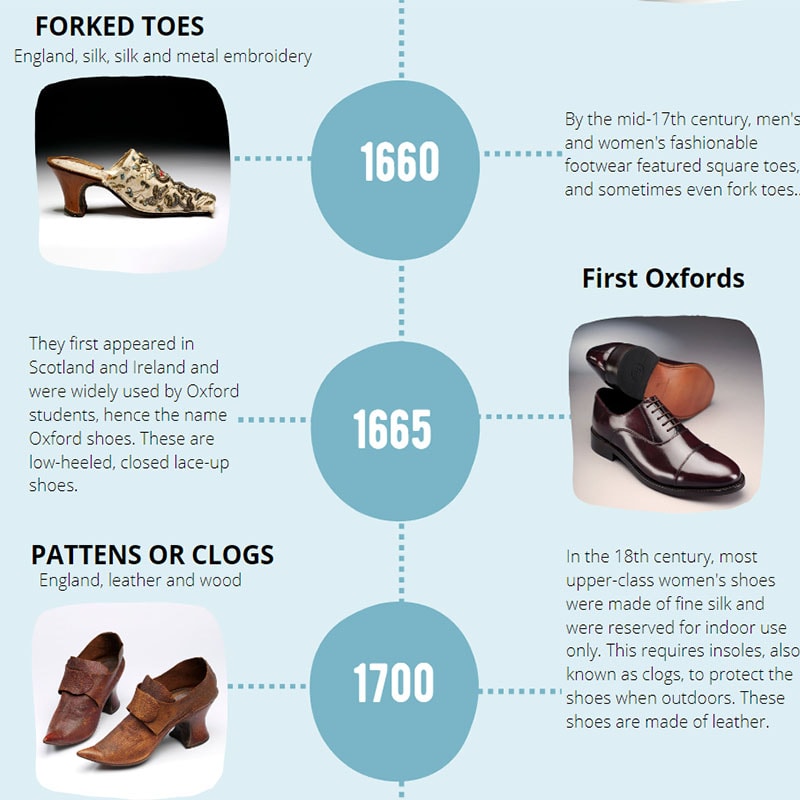
Romans made significant advancements in shoe design with their use of caligae, a type of military sandal. These shoes were durable and designed for long walks or marches, showcasing the Romans’ focus on functionality.
Asian Innovations

In Asia, slippers and boots were the norm. The practice of wearing lotus shoes in China exemplified beauty over functionality, symbolizing social status.
A Comparative Look: Shoes Through Time
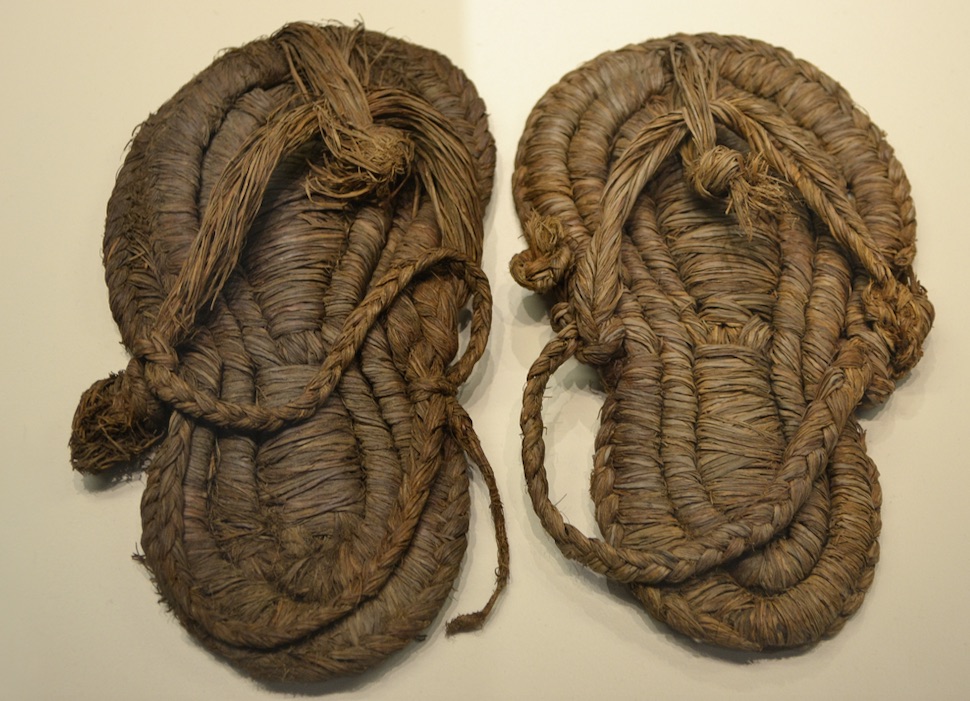
| Era | Footwear Type | Materials Used | Social Significance |
|---|---|---|---|
| Ancient Egypt | Sandals | Papyrus, leather | Status symbols for the elite |
| Ancient Rome | Caligae | Leather | Military functionality |
| Medieval Europe | Pointed shoes | Leather | Fashionable and status reflecting |
| Modern Era | Sneakers, heels | Canvas, rubber, leather | Sport and style mix |
The Industrial Revolution: A Turning Point
The Industrial Revolution in the 18th century marked a significant shift in the production of footwear. Mass production led to the availability of shoes to the general populace, making nicer and varied styles accessible.
Introduction of the Shoe Last
The shoe last, a sturdy model to shape the shoe, was a revolutionary tool introduced during this time. It allowed for better-fitting designs and more comfortable shoes, ultimately changing how people approached footwear.
Case Study: The Rise of Sneakers
As modern technology advanced, so did shoe design. Sneakers’ evolution began in the late 19th century, originally designed for athletic purposes. In the 20th century, companies like Converse and Nike revolutionized sneaker culture, making them a staple in fashion and sports alike.
Today’s Footwear: Style, Functionality, and Innovation
Fast forward to the 21st century, and the footwear industry continues to evolve. With advances in technology, shoes are designed not just for style but also for extreme comfort and utility.
Technological Innovations in Footwear
Some modern innovations include:
- 3D Printing: Allowing for custom-fit shoes.
- Biometrics: Technology used in athletic shoes for performance tracking.
- Eco-Friendly Materials: Sustainable options are trending in the industry.
Popular Footwear Trends
From chunky sneakers to minimalist designs, today’s shoe trends cater to a diverse audience. Fashion influencers and social media have shaped contemporary styles, with brands responding to consumer demand for both aesthetics and sustainability.
Pros and Cons of Modern Footwear
Advantages
- Comfort: Advances in technology have made shoes more comfortable.
- Variety: An unprecedented range of styles to choose from.
- Accessibility: Availability of fashionable footwear at various price points.
Disadvantages
- Fast Fashion: The environmental impact of throwaway culture.
- Quality Concerns: Mass-produced shoes may lack durability.
- Trend Overload: Difficult to keep up with rapidly changing styles.
Frequently Asked Questions (FAQs)
1. What were the first shoes made of?
The first shoes were made from readily available materials such as animal hides and plant fibers, as seen in archaeological finds from ancient times.
2. When did sneakers become popular?
Sneakers gained popularity in the early 20th century primarily due to their introduction to sports and emerging leisure activities.
3. How have shoes changed over time?
From protective coverings in ancient cultures to fashion statements today, shoes have evolved in materials, design, and societal significance.
4. What is the significance of shoes in different cultures?
Shoes often symbolize status and identity, with various cultures reflecting their values through distinct footwear styles.
5. Why are shoes important for foot health?
Proper footwear supports foot health, providing necessary comfort and protection to prevent injuries and deformities.
6. Are there shoes specifically designed for certain activities?
Yes, there are specialized shoes for running, hiking, ballet, and more, designed for optimal performance in each activity.
7. How can I choose the right shoes for my needs?
Consider comfort, activity type, material, and fit when selecting shoes to ensure they meet your needs.
8. What are some sustainable footwear brands?
Brands like Allbirds, Veja, and Native Shoes focus on eco-friendly materials and ethical production practices.
9. What innovations in footwear should I watch for in the future?
Future trends may include advancements in 3D printing, smart shoes with health trackers, and increased use of sustainable materials.
10. How important is shoe maintenance?
Proper shoe maintenance extends the life of footwear and enhances comfort, making it essential to keep them clean and cared for.
11. Where can I learn more about the history of footwear?
For deeper insights, consider checking academic resources or visiting online museums dedicated to fashion history, such as the Costume Catalog.
Footwear is a fascinating subject that intertwines with history, culture, and innovation. Understanding the journey of shoes enhances our appreciation for the designs we wear today. Whether you’re a fashion lover, a professional in the industry, or a business owner, recognizing the evolution of shoes can contribute significantly to your perspective in the footwear niche.
Conclusion
From primitive beginnings to contemporary styles, shoes have played a crucial role in protecting our feet and expressing our identities. The journey of footwear continues to evolve, reflecting our needs, desires, and technological advancements.
We hope this exploration of when shoes were first invented has ignited your passion and curiosity about footwear. So, the next time you lace up your favorite pair of kicks or slip into stylish heels, remember the rich history behind them!